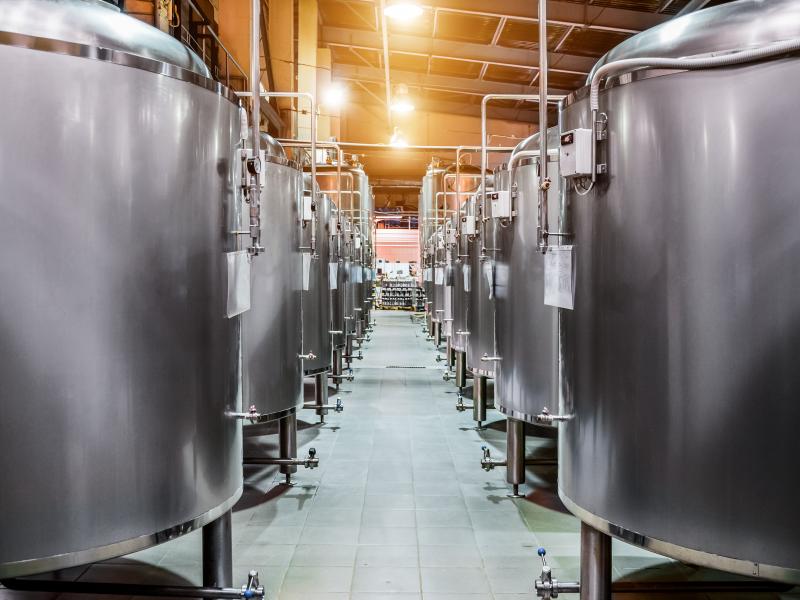Gas-based fermentation to produce proteins

Description of the innovative solution
This innovation proposes to use enzymatic reactions to convert carbon dioxide with microbes and a minimal amount of water, nutrients and electricity, into human-edible proteins. This process is ten times as efficient as photosynthesis, and as the process is done in tanks the land efficiency is roughly 20,000 times greater than arable farming. Proteins are essential for growth and maintenance of good health. However, protein production is currently associated to a high environmental cost. There is urgent need for novel practices that generate high quality protein at low (environmental) cost...
This innovation proposes to use enzymatic reactions to convert carbon dioxide with microbes and a minimal amount of water, nutrients and electricity, into human-edible proteins. This process is ten times as efficient as photosynthesis, and as the process is done in tanks the land efficiency is roughly 20,000 times greater than arable farming. Proteins are essential for growth and maintenance of good health. However, protein production is currently associated to a high environmental cost. There is urgent need for novel practices that generate high quality protein at low (environmental) cost. This system produces protein powder that can be integrated into meals.
Examples and additional resources
Real-world examples
See this solution in action in different contexts and settings around the world
Solar Foods
Additional resources
Learn more about this solution through studies, articles, business cases, and other information
Gas-to-Protein products in the market
Contacts
Connect to others working on and with this solution around the world
Pathways to uptake
Engage with our “backcasting tool” to imagine and design “pathways to uptake” for this solution in your setting.
This process involves defining a future vision of this solution being used in your context, and then working “backwards” to identify necessary steps to achieve this vision by 2030. Going through this exercise as an individual or with a team can help to clarify the WHAT/WHEN/HOW of moving a solution (or package of solutions) towards having major impact. We hope these pathways will inspire outside-of-the-box thinking, creative approaches, and actionable concrete steps to move ideas into action.
Pathway builder
Explore pathways for this solution
Be the first one and add a pathway for this solution!